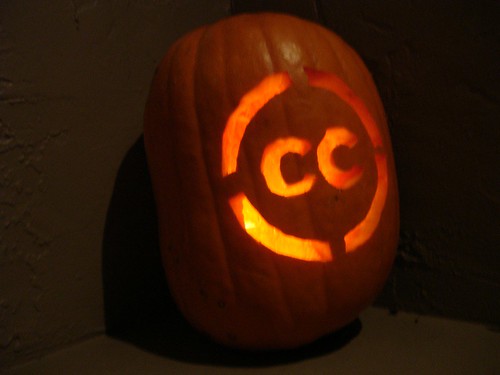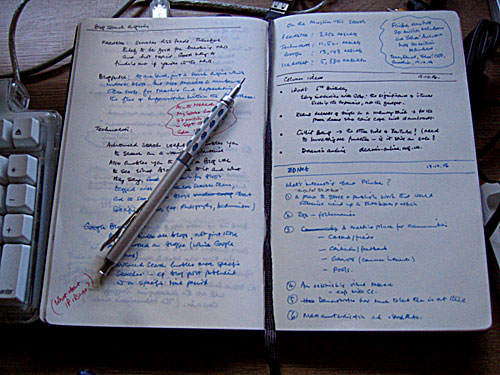From Ed Felten’s Blog…
The access panel door on a Diebold AccuVote-TS voting machine — the door that protects the memory card that stores the votes, and is the main barrier to the injection of a virus — can be opened with a standard key that is widely available on the Internet.
On Wednesday we did a live demo for our Princeton Computer Science colleagues of the vote-stealing software described in our paper and video. Afterward, Chris Tengi, a technical staff member, asked to look at the key that came with the voting machine. He noticed an alphanumeric code printed on the key, and remarked that he had a key at home with the same code on it. The next day he brought in his key and sure enough it opened the voting machine.
This seemed like a freakish coincidence — until we learned how common these keys are.
Chris’s key was left over from a previous job, maybe fifteen years ago. He said the key had opened either a file cabinet or the access panel on an old VAX computer. A little research revealed that the exact same key is used widely in office furniture, electronic equipment, jukeboxes, and hotel minibars. It’s a standard part, and like most standard parts it’s easily purchased on the Internet. We bought several keys from an office furniture key shop — they open the voting machine too. We ordered another key on eBay from a jukebox supply shop. The keys can be purchased from many online merchants.
Using such a standard key doesn’t provide much security, but it does allow Diebold to assert that their design uses a lock and key. Experts will recognize the same problem in Diebold’s use of encryption — they can say they use encryption, but they use it in a way that neutralizes its security benefits.
The bad guys don’t care whether you use encryption; they care whether they can read and modify your data. They don’t care whether your door has a lock on it; they care whether they can get it open. The checkbox approach to security works in press releases, but it doesn’t work in the field.
Update (Oct. 28): Several people have asked whether this entry is a joke. Unfortunately, it is not a joke.
It turns out that the same key opens the Nedap/Groenendaal e-voting machines that the Dutch government has decided are unsafe for the forthcoming November 22 general election! Truly, you could not make this stuff up.


